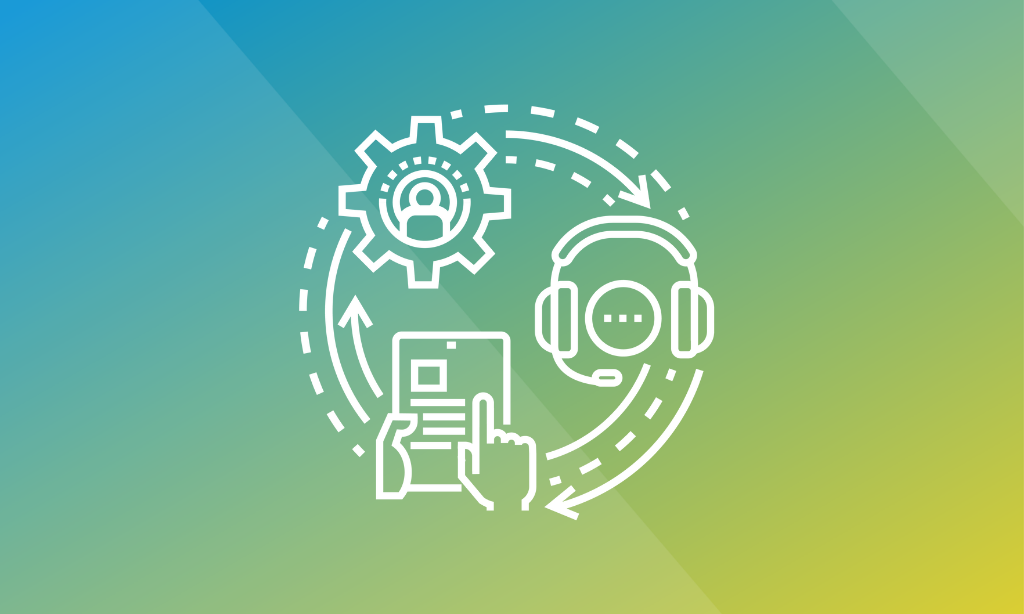5 Ways Learning Supports DE&I Initiatives

According to a recent report, more than half of L&D departments own or share responsibility for DE&I programs at their companies. This is a fairly new set of responsibilities for most L&D departments. In fact, data shows that 2022 was the first year many L&D pros found themselves leading diversity programs, with 12% of L&D teams assuming full responsibilities for DE&I initiatives.
The stakes are high for those learning pros: DE&I programs are a critical piece of a people-first workplace, and 41% of organizations are using DE&I programs to improve retention.
What is DE&I?
Diversity, Equity, & Inclusion (DE&I) is the successor to an older term, Diversity & Inclusion (D&I). The introduction of the word “equity” is intended to highlight an organization’s commitment to providing equitable opportunities for career advancement and development for all members of a workforce.
The three terms — diversity, inclusion, and equity — while related, have different connotations. Here’s a closer look at what each means:
- Diversity ensures that people of different backgrounds are represented in your workforce. This refers to different genders, races and ethnicities, abilities and disabilities, religions, cultures, ages, sexual orientations as well as people with diverse backgrounds, experiences, skills and expertise.
- Equity means equal treatment, access, opportunity and advancement for all people in the workplace. A dedication to equity attempts to identify and remove barriers that prevent some groups and individuals from fully participating in society or certain jobs and industries.
- Inclusion refers to a culture in which everyone feels welcome to contribute and participate. An inclusive, welcoming environment supports, respects, and embraces differences. Inclusion and diversity may feel like the same thing but there’s a difference: diversity refers to simply having people from different backgrounds present in your organization. Inclusion, however, encourages their active participation in your organization.
The case for strong DE&I
DE&I can seem like a “nice to have” initiative. It might seem touchy-feely to some, or, conversely, some company leaders might worry that it underlines something the organization isn’t currently doing well (hiring diversely, for example). However, research underscores the fact that DE&I initiatives are must-haves, both for your employees and the bottom line.
McKinsey data shows that companies in the top quartile for gender diversity on executive teams are 25% more likely to have above-average profitability. Companies with ethnically diverse teams fared even better: companies in the top quartile for ethnic diversity were 36% more profitable.
Despite the numbers, DE&I initiatives tend to have trouble getting off the ground. McKinsey found many employees support diversity, but are suspicious of DE&I initiatives, particularly those dealing with inclusion. This is where training can help.
How can learning be used to further DE&I initiatives?
- Increasing acceptance: Awareness is a major piece of DE&I in several ways. People in the workplace who aren’t part of a minority or marginalized group may simply not be aware of the struggles faced by that group, or even of the importance of diversity and inclusion at work. Training programs can increase awareness and understanding of DE&I issues by educating employees about the importance of diversity, equity, and inclusion in the workplace and addressing misconceptions about DE&I itself (such as the idea that inclusive hiring represents “reverse discrimination”).
- Unconscious bias training: Everyone, no matter how well-intentioned they are, holds some unconscious bias —stereotypes they’ve formed without being aware of them. Unconscious bias can be counterproductive in the workplace; it influences decision-making and contributes to conflict and disparities within the workplace. Training sessions on unconscious bias help employees recognize and challenge their own biases. It can be uncomfortable work, but it pays off in more equitable and inclusive business practices.
- Addressing microaggressions: Microaggressions are an extension of unconscious bias. Any statement, action, or incident that is an indirect, subtle, or unintentional discrimination against members of a marginalized group is a microaggression (such as a man constantly interrupting women in meetings, or a white person claiming not to “see” race). Referred to as “subtle acts of exclusion” by Tiffany Jana, founder and CEO of TMI Consulting and coauthor of Subtle Acts of Exclusion: How to Understand, Identify, and Stop Microaggressions, microaggressions erode any DE&I work the organization is doing. By teaching employees to spot and address them, your company can bolster inclusion initiatives.
- Inclusive leadership training: As the data shows, a leadership team made up of people from many different walks of life is beneficial to a company. By growing your own leadership, developing mentorship programs for aspiring leaders from marginalized groups, and providing them with the skills to lead, you can create a culture of inclusion and equity in your organization, rather than simply trying to hire more diverse candidates.
- Inclusive management training: While training the leaders of tomorrow, don’t neglect today’s leaders. Managers are often the first line of defense when it comes to discrimination in the workplace. Inclusive management training empowers supervisors to recognize and address discriminatory behavior and practices within teams and organizations.
A people-first workplace is everyone’s job
One misconception about DE&I is that it’s the job of the Chief Diversity Officer. That’s not true; one leader cannot change a company’s culture on their own. A strong initiative of any kind requires buy-in from the top and support from everyone throughout the organization. Training can help provide that buy-in by raising awareness and teaching employees how to confront uncomfortable, but important, subjects.





